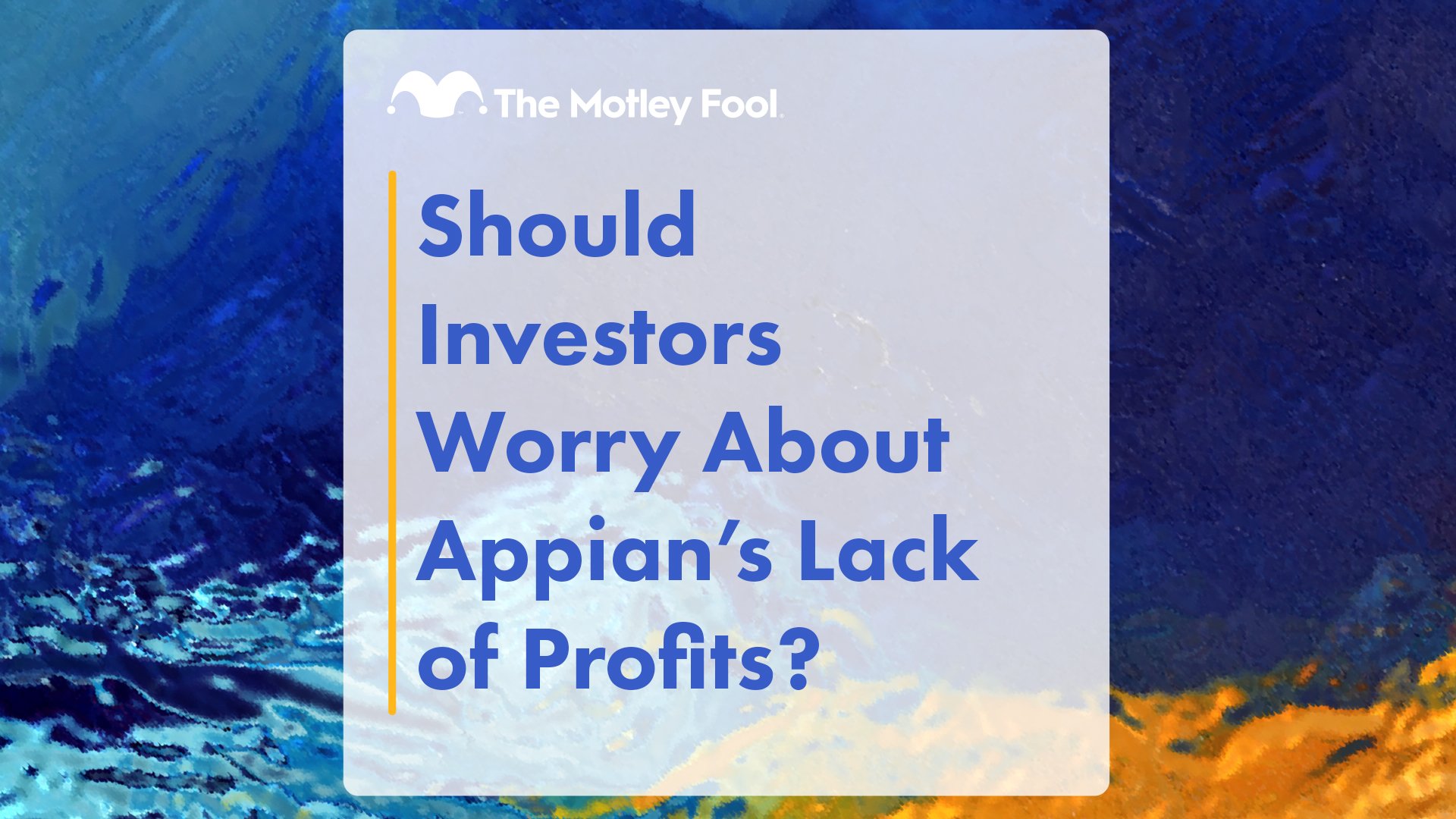Between fears related to the novel coronavirus outbreak and an end-of-year report that showed growth may be slowing, shares of Anaplan (PLAN +0.00%) have taken a beating the last couple of weeks. Currently, shares of the high-growth software company are down nearly 34% from all-time highs.
However, there was still plenty to like about the final report card of the company's 2020 fiscal year (12 months ended Jan. 31, 2020). Total revenue in the fourth quarter was up 42%, and operating losses are expected to start narrowing from here on out. Shares are still going for a premium but are worth another look post-sell-off.
High-flying growth, but at a cost
Anaplan's first year as a public company was a big success. Sales increased at a torrid rate, driven by subscriptions to its cloud-based connected planning and AI-powered prediction software tools. Customers that spend at least $250,000 a year increased to 353 compared with 248 at the end of last year; dollar-based net expansion was 122%, implying that existing customers spent an average of 22% more on Anaplan's software suite than the year prior.
It all added up to 45% top-line growth for fiscal 2020 -- higher gross margins on services rendered and operating expenses growing more slowly than revenue meant adjusted losses decreased.
|
Metric |
12 Months Ended Jan. 31, 2020 |
12 Months Ended Jan. 31, 2019 |
Change |
|---|---|---|---|
|
Revenue |
$348 million |
$241 million |
45% |
|
Gross profit margin |
73.9% |
72% |
1.9 pp |
|
Operating expenses |
$406 million |
$302 million |
34% |
|
Net earnings (loss) |
($149 million) |
($131 million) |
N/A |
|
Adjusted net earnings (loss) |
($57.3 million) |
($77.2 million) |
N/A |
Pp = percentage point. Data source: Anaplan.
One area that might turn off investors is operating expenses. Though they are decelerating, the line item was higher than revenue was, at $406 million. Bear in mind that $80 million of that was noncash stock-based employee compensation paid out, but the cash burn is nonetheless an area to keep an eye on. Free cash flow -- what's left after cash, operating and capital expenses are subtracted from revenue -- ran at negative $29 million in 2020. With $310 million in cash and equivalents in the bank at year-end, Anaplan is well-capitalized to keep spending to promote growth for the time being.

Image source: Getty Images.
Keep those stock buys small for now
And that is likely what spooked investors more than anything. Though Anaplan management forecast adjusted operating losses to narrow again in fiscal 2021 (at negative 12.5% to 13.5%), revenue guidance called for a full-year growth rate of 34% at the midpoint (a slight upgrade from the 31% predicted a few months ago). While that's nothing to balk at, it is nonetheless a sharp deceleration from the just-completed year.
I wasn't making any purchases the last time I caught up with Anaplan, but things look different now -- even with the slowing growth rates. With another quarter of growth under its belt and the double-digit drop in share price, Anaplan now trades for 16.8 times trailing 12-month sales and 12.6 times projected 2021 sales. That's still not cheap, but it's far cheaper than the north-of-20 times sales it was going for just a month ago.
The keys to watch will be revenue (perhaps management is still guiding conservative) and operating expenses (there needs to be a clear path to the company breaking even). Since this is a planning and predictive decision-making software outfit, it's probably good to operate under the assumption the company is eating its own cooking and has both of those points covered. For now, there appears to be enough good going on that nibbling on a few shares might make sense. My usual new growth stock rule would apply if I did buy: Initial purchase would likely be less than 0.5% of my investable net worth, with the plan of adding more later as long as the fundamentals are sound.
The reason? Anaplan still is no cheap stock, and valuation is hinging on revenue running in double digits for the foreseeable future. Put simply, whatever you decide to do, know that this will be one volatile software investment.






